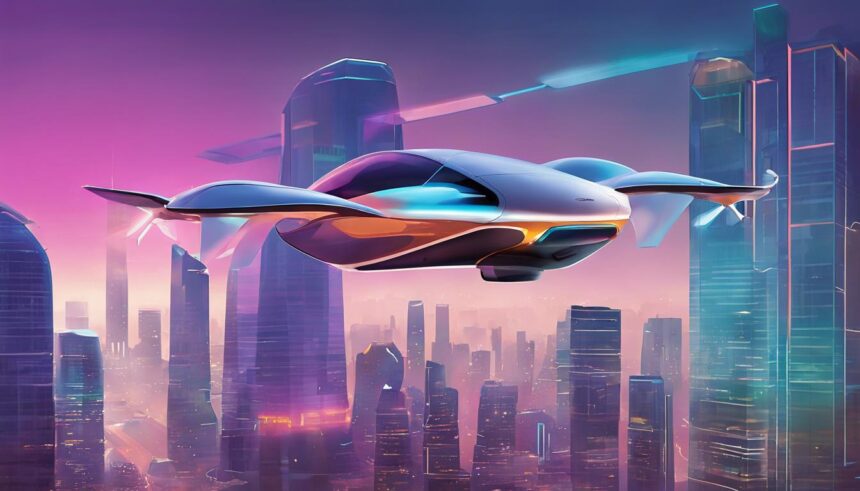Archer Aviation Inc. makes significant progress towards FAA certification with successful battery pack drop tests, marking a pivotal moment in electric vertical takeoff and landing aircraft development.
Santa Clara-based Archer Aviation Inc., a frontrunner in the innovative field of electric vertical takeoff and landing (eVTOL) aircraft, has recently made headlines with a significant breakthrough in the development of its Midnight aircraft. The company has successfully completed a series of demanding battery pack drop tests, a key hurdle in the rigorous process required for certification by the Federal Aviation Administration (FAA).
These drop tests were conducted at the esteemed National Institute for Aviation Research lab, where Midnight’s battery packs underwent three distinct trials from a height of 50 feet. What sets these tests apart is the varying states of charge in which they were performed – 100%, 30%, and even at 0%. The outcome was not only a testament to the resilience and safety of Archer’s battery packs but also to their operational integrity, as they continued to function properly after the drops.
The gravity of this achievement cannot be overstated. Within the electric aviation realm, ensuring that battery packs can survive significant impacts without compromising safety is paramount. The design and resilience of these battery packs are crucial, especially for eVTOL aircraft which promise to revolutionize urban mobility. Archer’s use of cylindrical cells within their battery design played a pivotal role in passing these tests.
Success in these trials places Archer strategically on the path towards receiving FAA certification, an essential step in bringing the Midnight aircraft to the skies. Archer’s Battery Lead, Alex Clarabut, highlighted the importance of this milestone, marking it as a decisive step towards fulfilling the company’s commitment to exceeding safety standards and inching closer to realizing their vision for the Midnight aircraft.
Archer’s ambition goes beyond merely launching another aircraft. They aim to transform urban commuting by providing a sustainable, low-noise, and economically viable air mobility solution. The Midnight aircraft, designed with four passenger seats and capable of piloted operation, promises to cut down traditional car commute times drastically. Imagine replacing a strenuous 60–90-minute car journey with a serene 10-20 minute flight, all without the usual hustle and bustle of ground transportation.
The implications of such technological advancement are profound, offering a glimpse into a future where urban air mobility is no longer a figment of science fiction but a tangible reality. Archer’s steady progress, punctuated by milestones like the successful battery pack drop tests, reinforces the company’s resolve to unlock the skies, allowing people to reimagine how they move and spend their time.
Archer’s journey is emblematic of the broader shift towards greener, more efficient modes of transportation. As cities around the world grapple with congestion, pollution, and the eternal problem of lost time, solutions like Archer’s Midnight aircraft present a compelling alternative. Nonetheless, the road ahead is punctuated with challenges, from regulatory hurdles to the imperative of public acceptance. However, with each successful test and cleared obstacle, the dawn of a new era in urban mobility inches closer, promising a sky filled not just with possibilities but with the silent hum of electric aircraft reshaping our urban landscapes.





